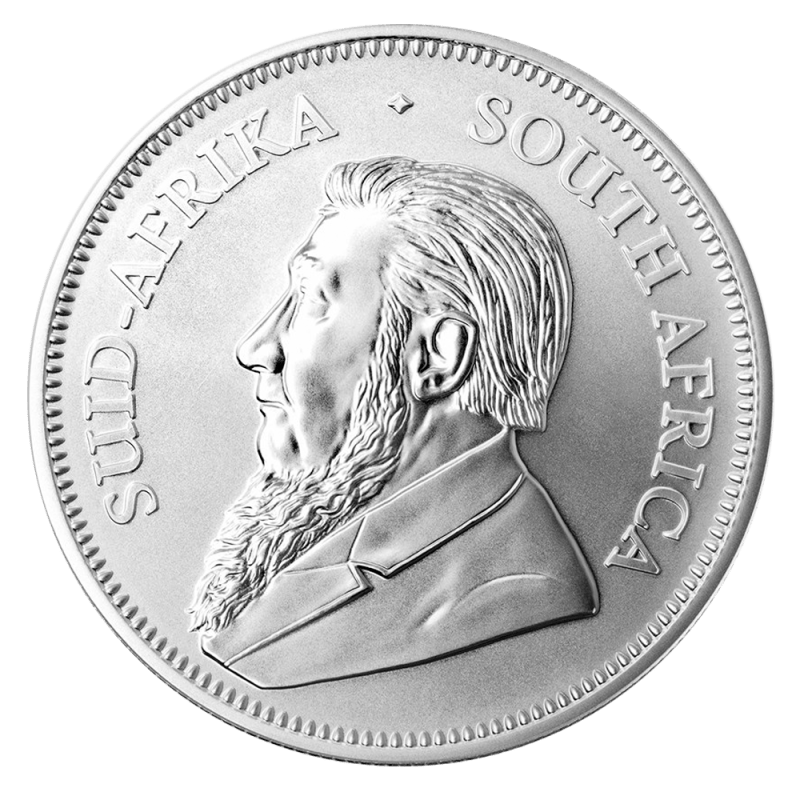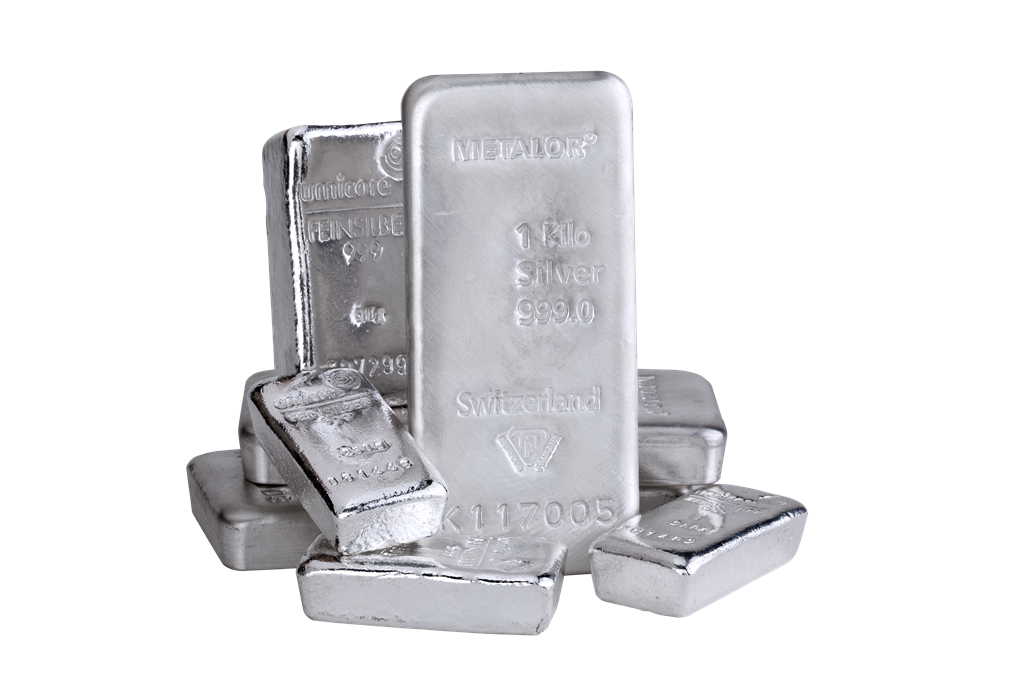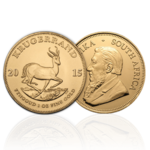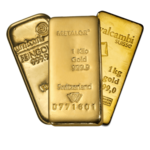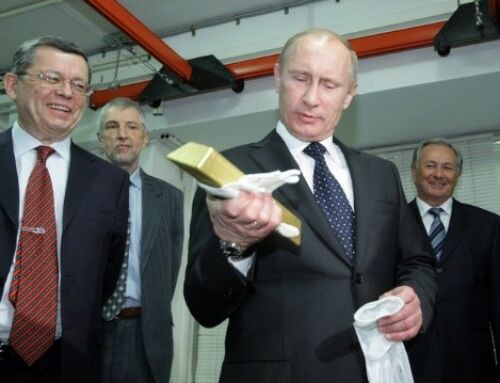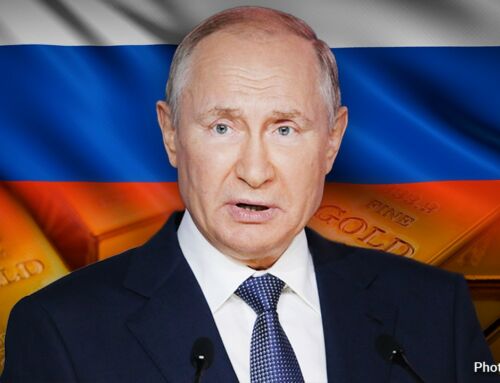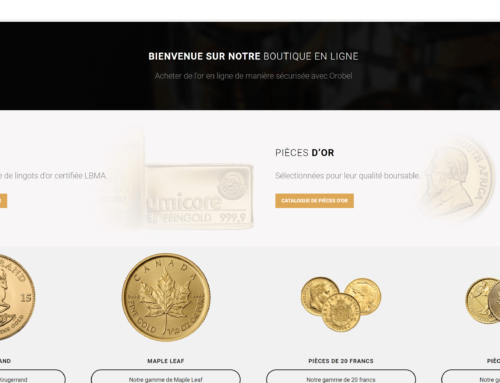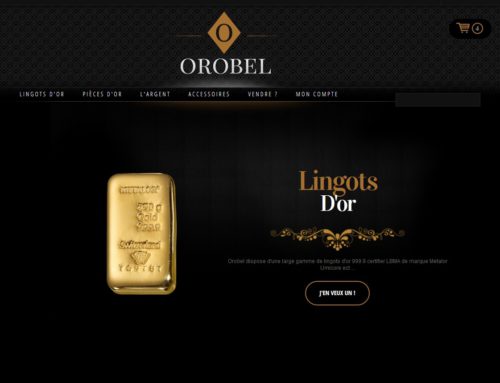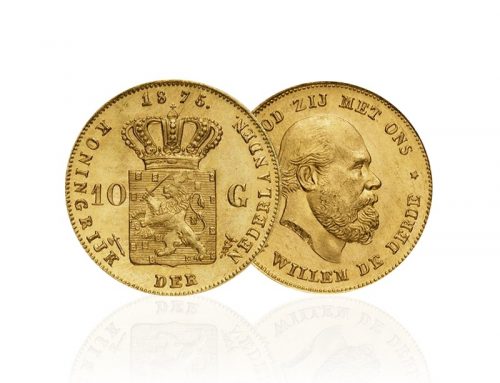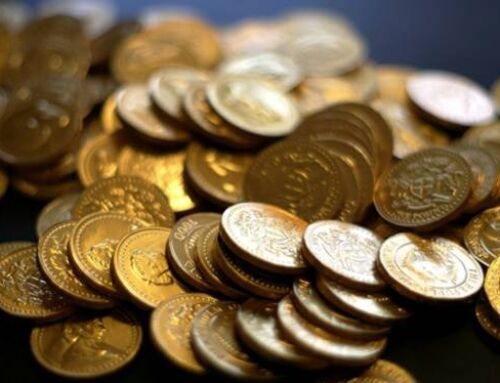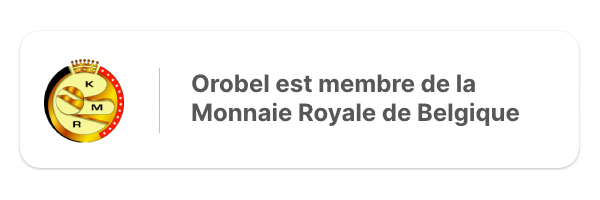The history of the Central Bank Gold Agreement
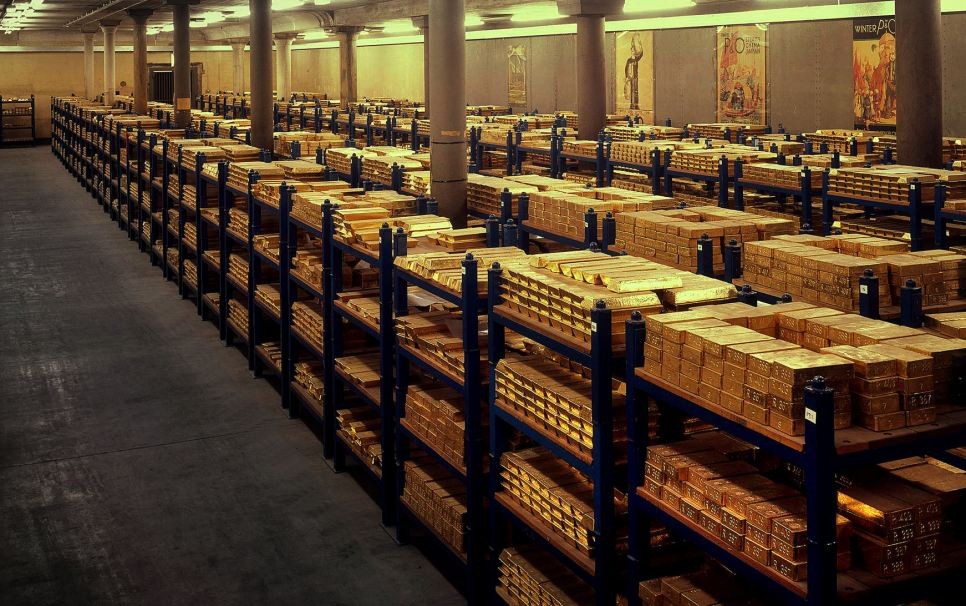
Stocks and gold reserves of central banks, around 30 900 tonnes (1/5 of the world’s gold reserves) give their significant power on the gold market. As a result, several agreements on gold were established to limit their weight in the market.
The first agreement on central bank gold is the Washington Agreement on gold, (26 September 1999). Ensued a series of agreements: the Central Bank Gold Agreements.
Central Bank Gold Agreement 1

At the time, central banks hold almost one quarter of global gold reserves basement (Either 33 000 tonnes in September 1999), giving them a very influential position in the gold market.
The central banks of Western Europe in particular held – and still hold – a significant amount of gold in their reserves. The Netherlands, Belgium, Austria, Switzerland and the United Kingdom, already had sold gold or announced plans to do so. Others took advantage of the rise in demand for gold borrowed to increase the use of loans and other derivatives.
In addition to the destabilizing effect of these sales, market fears about the intentions of central banks caused further declines in the price of gold, which was negative for gold producers.
In response to these concerns, 15 central banks in Europe – including 11 in the euro zone – and those of Sweden, Switzerland, the UK and the Bank-Drew signed the first Central Bank Gold Agreement (CBGA1) when IMF meeting in Washington in 1999.
The agreement states that :
» Gold will remain an important element of global monetary reserves. The collective sales will be limited to 2,000 tons over the next five years, about 400 tons / year. «
Read also : Why Central Banks purchase gold ?
Central banks have also announced that their loans and the use of derivatives does not greatly increase over the next 5 years.
Later, the signatory banks indiquèrent in September 1999, the total amount of their gold reserves lease was 2119.32 tons.
The signatory banks accounted for about 45% of global gold reserves. Other major holders, like the United States, Japan, Australia, the IMF and the Bank for International Settlements, associèrent is informally to the agreement.
The announcement of the agreement was a major surprise to the market, causing a sharp spike in the gold price in the following days.
Central Bank Gold Agreement 2
On 8 March 2004, the signatory banks announced the 2nd Central Bank Gold Agreement, covering a period of 5 years with effect from 27 September 2004 to 26 September 2009.
 > The United Kingdom signed the first agreement, but not the 2nd, after stating that he did not intend to sell their gold reserves.
> The United Kingdom signed the first agreement, but not the 2nd, after stating that he did not intend to sell their gold reserves.
> Greece, not being a member of the euro area in 1999, had not signed the first agreement, but signed the second.
> Slovenia became a signatory to the agreement on 2nd December 2006, shortly before the adoption of the euro as currency.
> Cyprus and Malta also joined CBGA2 just after joining the euro.
Read also : gold, a historic safe value.
In CBGA2 the gold sales ceiling of signatory banks was set at 2,500 tons over the next five years, an annual ceiling of 500 tonnes. This threshold therefore increased compared to the previous agreement, set at 400 tonnes / year up to 2,000 tons over 5 years.
CBGA2 also limited the central banks to increase their use of futures and leasing of gold above the 1999 levels of 2,100 tons.
Central Bank Gold Agreement 3
The 3rd Central Bank Gold Agreement (CBGA 3), currently in force, covers the sales of gold by central banks of the Eurosystem, as well as those of Sweden and Switzerland. CBGA3 covers a period of 5 years with effect from 27 September 2009 (end of 2nd agreement) at September 26, 2014.
The two major changes from the CBGA2 were :
- Reducing the maximum limit gold sales by the signatory banks (400 tons / year, 2,000 tons over the next five years, 500 tonnes less than the limit referred CBGA2).
- The recognition of the IMF to sell some of its gold stock
Gold sales from IMF

Following a 2007 internal report, recommending the restructuring of its revenue models, the Executive Board of the International Monetary Fund approved the sale of 403.3 tonnes of gold in September 2009, 1/8 of its total assets in gold.
The IMF proceeded to the first phase of such sales in off-market transactions with other central banks.
- 200 tonnes were sold to the Reserve Bank of India
- 10 tons each to the central banks of Sri Lanka and Bangladesh.
- 2 tonnes to Mauritius Central Bank.
The IMF began sales gradually on the market in February 2010, selling about 15-20 tons of gold a month since.
Central Bank Gold Agreement 4
On 19 May 2014, the ECB and other central banks announce the 4th Central Bank Gold Agreement.
In order to clarify their intentions with regard to their holdings of gold, all these players made the following statements:
« Gold remains an important element of global monetary reserves »
« The signatories will continue to coordinate their gold transactions in order to avoid market disruption »
« Signatories note that, for the moment, they do not have the intention to sell significant quantities of gold »
« This agreement, which applies as of September 27, 2014, after the expiry of the current agreement will be reviewed after 5 years. »
Read also : Gold demand trend from Central Banks on 2nd Quarter 2015.
All news and infos about gold on
[button type= »info » target= »_self » link= »http://www.orobel.biz/en/info/news.html » icon= »info-sign »]Orobel.biz[/button]
